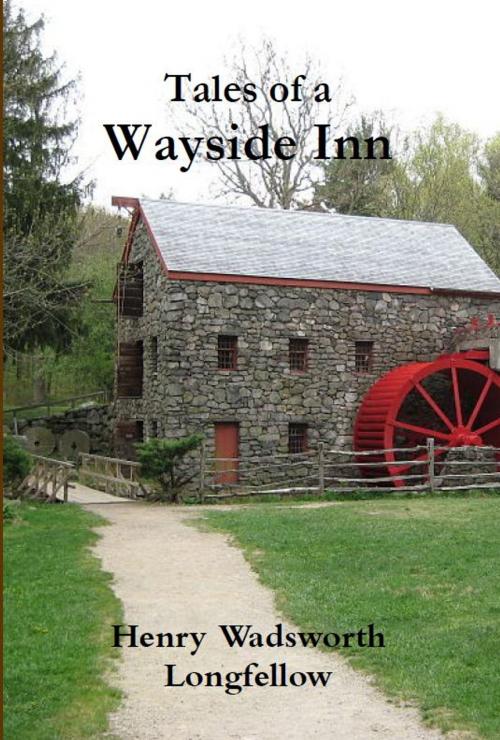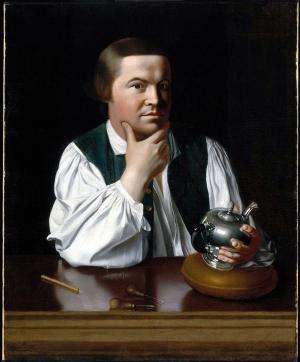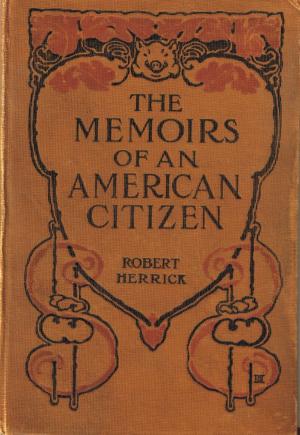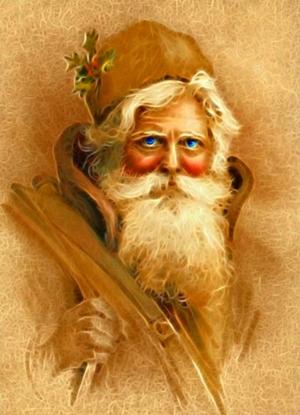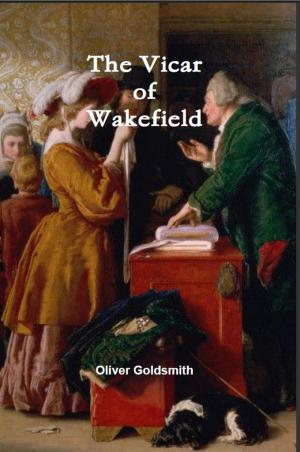| Author: | Henry W. Longfellow | ISBN: | 1230000034315 |
| Publisher: | AP Publishing House | Publication: | November 30, 2012 |
| Imprint: | Language: | English |
| Author: | Henry W. Longfellow |
| ISBN: | 1230000034315 |
| Publisher: | AP Publishing House |
| Publication: | November 30, 2012 |
| Imprint: | |
| Language: | English |
The poems in the collection are told by a group of adults in the tavern of the Wayside Inn in Sudbury, Massachusetts, 20 miles from the poet's home in Cambridge, and a favorite resort for parties from Harvard College. The narrators are friends of the author who, though they were not named, were so plainly characterized as to be easily recognizable. Among those of wider fame are Ole Bull, the violinist, and Thomas William Parsons, the poet and translator of Dante. Each of the three parts has a prelude and a finale, and there are interludes which link together the tales and introduce the narrators. The prelude for the first part begins:
"One Autumn night, in Sudbury town,
Across the meadows bare and brown,
The windows of the wayside inn
Gleamed red with fire-light..."
Longfellow undertook the large-scale project in part to combat grief over the death of his wife Fanny in 1861. He originally intended to call the collection The Sudbury Tales, but was afraid it sounded too similar to Geoffrey Chaucer's The Canterbury Tales and renamed it Tales of a Wayside Inn. Longfellow visited the real-life Wayside Inn in 1862 with his friend and publisher James Thomas Fields. At the time, the inn was called the Red Horse Tavern and had closed after the owner, Lyman Howe, died in 1861. It would not reopen as an inn until 1897. Longfellow referred to it as "a rambling, tumble-down building".
Most of the stories were derived by Longfellow from his wide reading — many of them from the legends of continental Europe, a few from American sources. The best known inclusion is the previously-published poem "Paul Revere's Ride". It also includes "The Saga of King Olaf", a poem which Longfellow started writing as early as 1856, making it the oldest in the collection. While assembling the collection, he originally intended to use a poem called "Galgano", a translation he had made in 1853 from a work by Italian poet Niccolò di Giovanni Fiorentino, as the student's tale; it was replaced with "The Falcon of Ser Federigo", translated from The Decameron. Fields was heavily involved with the preparation of the book, particularly in the selection of individual titles for the poems, as well as for the title of the book itself, and suggestions for rhyming words.
The collection was first published on November 23, 1863, with an initial print run of 15,000 copies. A second series was published in 1870, and a third published in 1872–1873. Though they sold well, the latter two volumes were less popular than the first.
The poems in the collection are told by a group of adults in the tavern of the Wayside Inn in Sudbury, Massachusetts, 20 miles from the poet's home in Cambridge, and a favorite resort for parties from Harvard College. The narrators are friends of the author who, though they were not named, were so plainly characterized as to be easily recognizable. Among those of wider fame are Ole Bull, the violinist, and Thomas William Parsons, the poet and translator of Dante. Each of the three parts has a prelude and a finale, and there are interludes which link together the tales and introduce the narrators. The prelude for the first part begins:
"One Autumn night, in Sudbury town,
Across the meadows bare and brown,
The windows of the wayside inn
Gleamed red with fire-light..."
Longfellow undertook the large-scale project in part to combat grief over the death of his wife Fanny in 1861. He originally intended to call the collection The Sudbury Tales, but was afraid it sounded too similar to Geoffrey Chaucer's The Canterbury Tales and renamed it Tales of a Wayside Inn. Longfellow visited the real-life Wayside Inn in 1862 with his friend and publisher James Thomas Fields. At the time, the inn was called the Red Horse Tavern and had closed after the owner, Lyman Howe, died in 1861. It would not reopen as an inn until 1897. Longfellow referred to it as "a rambling, tumble-down building".
Most of the stories were derived by Longfellow from his wide reading — many of them from the legends of continental Europe, a few from American sources. The best known inclusion is the previously-published poem "Paul Revere's Ride". It also includes "The Saga of King Olaf", a poem which Longfellow started writing as early as 1856, making it the oldest in the collection. While assembling the collection, he originally intended to use a poem called "Galgano", a translation he had made in 1853 from a work by Italian poet Niccolò di Giovanni Fiorentino, as the student's tale; it was replaced with "The Falcon of Ser Federigo", translated from The Decameron. Fields was heavily involved with the preparation of the book, particularly in the selection of individual titles for the poems, as well as for the title of the book itself, and suggestions for rhyming words.
The collection was first published on November 23, 1863, with an initial print run of 15,000 copies. A second series was published in 1870, and a third published in 1872–1873. Though they sold well, the latter two volumes were less popular than the first.
